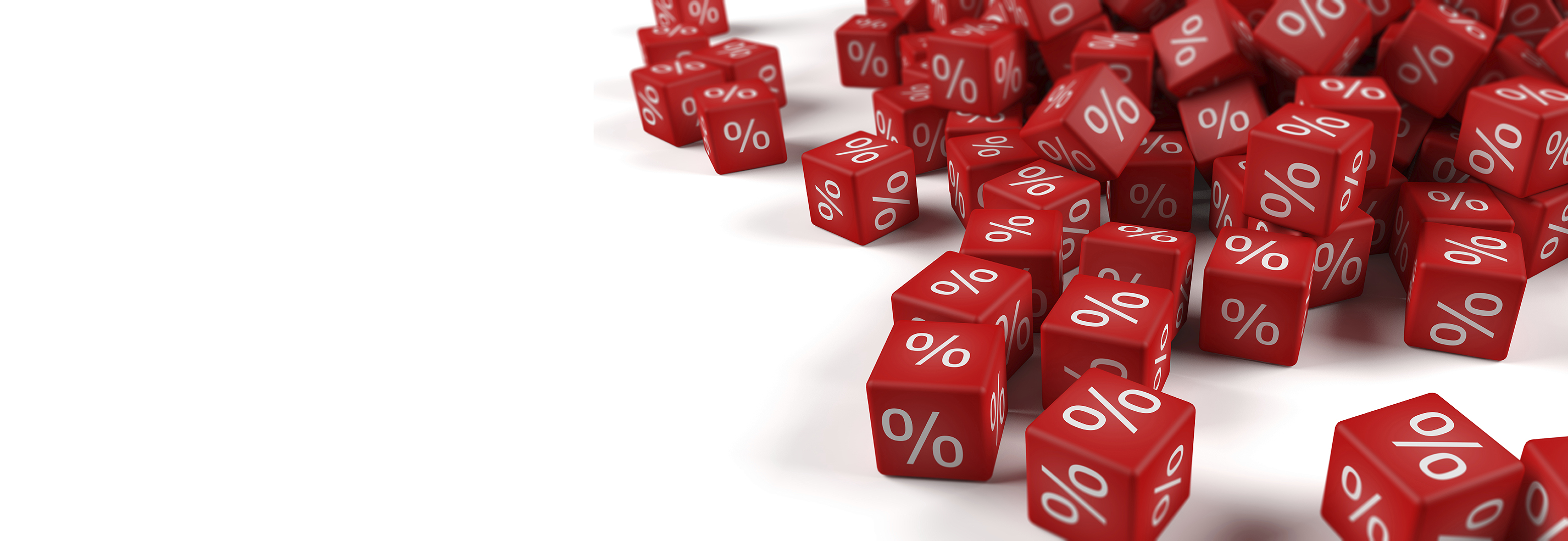Equities have routed since the turn of the Iranian year in March.
Shares on Tehran Stock Exchange dipped over 7% ever since, while those on Iran Fara Bourse lost nearly 4% during the same period.
The markets are wiping out the gains from the two-month rally after the implementation of the nuclear deal between Iran and the West.
Low consumer spending, however, persists, along with high interest rates. Companies struggle to keep cash flowing through their businesses, hence markets have every cause to drop.
Banks and bonds, on the other hand, are the prime destinations for the cash that’s leaving stocks.
With inflation averaging around 12%, interest rates of over 20% are lucrative, and make the best of investments unviable. Prohibitive interest rates are making loan repayment hard and forcing borrowers toward default. In fact, Iran’s economy is held hostage by banks.
Thus, the Economy Ministry and the Central Bank of Iran have kept pressure on banks for the past two years to bring interest rates down. The CBI has got big lenders to lower their rates by around two percentage points every six months.
Unauthorized credit institutions working outside the CBI radar and disrupting the money market are being brought to heel.
Curbing interest rates is tough for banks. Illegal and legal lenders are competing over deposits and most of their assets are invested in property or stuck with bad debtors.
“Part of bank assets is locked in illiquid assets like property and as such they have to attract new deposits to pay interest on existing deposits,” says Hossein Abdoh-Tabrizi, the top advisor of roads and urban development minister.
Economy Minister Ali Tayyebnia calls the situation “credit crunch”.
“What we mean by a credit crunch is high interest rates, low supply of outgoing loans and digression of money from real production,” he was quoted as saying by IRNA on Monday.
To break the cycle, the CBI cut reserve requirements among other things and provided banks with cheaper money. Their efforts are paying off. Banks are being more cooperative—not that they have much choice—on lowering interest rates. Some private banks have already cut annual deposit rates by two percentage points to 16%. Other banks are following suit. Interest rates were upward of 22% a year ago.
“The money market is the canary in the mine,” Ali Khosroshahi, Omid Investment Bank’s head of market making, told Financial Tribune.
Bonds with 21% annual interest are becoming scarcer.
“Initially, we had doubts about selling bonds at 18% interest, but demand for them is high, which means interest rates are really falling,” he said.
On Tuesday, Kourosh Parvizian, the head of the Association of Private Banks and Credit Institutions, said banks agreed to cut annual deposit rates to 15%, emphasizing the decision was voluntary. He added that lending rates would soon follow suit.
With lower interest rates, companies have a better chance at recovery, and stock returns will look more lucrative.
Amir Hamouni, Iran Fara Bourse’s chief executive, is hopeful the rate cuts will boost markets.
“In the past, it took two to three months for the effect of rate changes to show in stock markets. Now due to higher sensitivity of markets, the effect will appear in less than a week,” said Hamouni.
Will markets change direction? Khosroshahi is skeptical. So are we.
“Lending rates haven’t moved. The cost of servicing prior loans and cash flow problems drag on companies. We also shouldn’t forget domestic recession and a weak global economy,” he said.



